3D printing has transformed many areas of industry, and dentistry is no exception. In this article, we will discuss the main advances and applications of 3D printing in dentistry, as well as the advantages and challenges of this revolutionary technology.
The impact of 3D printing in dentistry
3D printing, also known as additive manufacturing, allows the creation of three-dimensional objects from a digital file. With this technology, it is possible to produce customized dental parts quickly and efficiently, optimizing processes and ensuring greater precision in treatments.


Dental Prostheses and Restorations
The manufacture of dental prostheses and restorations is one of the most common applications of 3D printing in dentistry. The use of this technology allows the creation of crowns, bridges and removable prostheses more precisely and in less time, providing greater comfort and aesthetics for patients.
Orthodontics and Clear Aligners
In orthodontics, 3D printing has been used to produce transparent aligners, devices that discreetly correct the positioning of teeth. With the help of specialized software, the dentist creates a virtual model of the patient's teeth and then uses the 3D printer to manufacture the aligners.
Oral and Maxillofacial Surgery and Surgical Planning
3D printing also plays an important role in the planning and execution of oral and maxillofacial surgeries. Based on computed tomography images, surgeons can create three-dimensional models of the patient's bone structures, facilitating surgical planning and reducing operating time.
Advantages of 3D Printing in Dentistry
The use of 3D printing in dentistry brings a number of benefits, both for professionals and for patients. Among the main advantages are:
- Personalization: The technology allows the creation of custom-made dental parts, ensuring a perfect fit and greater comfort for the patient.
- speed: 3D printing significantly reduces the production time of prostheses, crowns and aligners, streamlining treatment and reducing patient waiting time.
- cost reduction: By eliminating the need for physical and intermediate molds, 3D printing contributes to reducing production costs and, consequently, treatment.
- Precision: Digital models and 3D printers ensure greater precision in the manufacture of dental parts, which results in better results and fewer adjustments during procedures.
Challenges and Limitations of 3D Printing in Dentistry
Despite the numerous advantages, 3D printing in dentistry also presents some challenges and limitations that must be considered:
- Cost of printers and materials: The initial investment in 3D printers and specific materials for dental use can still be high, which may limit the access of some professionals to this technology.
- Professional training and updating: The use of 3D printing in dentistry requires professionals to be constantly updated and familiar with new technologies, software and techniques.
- Regulation and standardization: There is still a need for greater regulation and standardization of practices related to 3D printing in dentistry, in order to guarantee the safety and effectiveness of treatments.
Conclusion
3D printing in dentistry has revolutionized the way treatments are performed, bringing greater precision, speed and personalization to patients. Despite the challenges and limitations, this technology has enormous potential to continue transforming the field, improving the quality and efficiency of dental procedures.
As 3D printing becomes more accessible and professionals adapt to new practices, it is expected that this technology will become increasingly present in dental offices, benefiting patients and professionals in the area.
- What is the main benefit of 3D printing in dentistry?3D printing in dentistry allows the creation of personalized and precise parts, such as dentures, crowns and aligners, quickly and efficiently.
- How is 3D printing used in the manufacture of dental prostheses?From a digital file, 3D printing creates dental prostheses, crowns and bridges with high precision, resulting in better fit and comfort for the patient.
- How has 3D printing impacted orthodontics?In orthodontics, 3D printing has been used in the production of transparent aligners, devices that correct the positioning of teeth in a discreet and personalized way.
- How does 3D printing help in oral and maxillofacial surgical planning?Through computed tomography images, surgeons can create three-dimensional models of the patient's bone structures, facilitating the planning and execution of surgeries.
- What are the main advantages of 3D printing in dentistry?The main advantages include customization, speed, cost reduction and greater precision in the manufacture of dental parts.
- What are the main challenges and limitations of 3D printing in dentistry?Challenges and limitations include the cost of printers and materials, the need for professional training and updating, and the regulation and standardization of practices.
- Is the cost of 3D printing in dentistry high?The initial investment in 3D printers and specific materials for dental use can be high, although the trend is to reduce these costs with the advancement of technology.
- Does 3D printing in dentistry require specific training?Yes, the use of 3D printing in dentistry requires professionals to be familiar with new technologies, software and techniques, in addition to being constantly updated.
- Are there specific regulations and standards for 3D printing in dentistry?There is still a need for greater regulation and standardization of practices related to 3D printing in dentistry, in order to guarantee the safety and effectiveness of treatments.
- Will 3D printing in dentistry become more and more common in the future?
It is expected that 3D printing will become more and more present in dental offices as the technology becomes more accessible and professionals adapt to new practices, benefiting patients and professionals in the area.
Future Perspectives of 3D Printing in Dentistry
With the advancement of technologies and the increasing adoption of 3D printing in dentistry, we can expect some future trends and developments that will further impact the field:
New Materials and Processes
Research and development of new materials and 3D printing processes specific to dental applications will continue to expand the range of treatment possibilities. This includes more biocompatible, durable and aesthetic materials, as well as faster and more efficient manufacturing processes.
Integration with Other Technologies
The integration of 3D printing with other technologies, such as artificial intelligence, virtual reality and computed tomography, will allow for more accurate and efficient planning and diagnosis, in addition to improving the patient's experience during treatments.
Access to Treatments and Procedures
As the costs of 3D printers and materials come down, 3D printing in dentistry will become more affordable, allowing more professionals to offer high-quality, personalized treatments and procedures to their patients.
Advances in Tissue Regeneration
3D printing of biological structures such as tissues and organs is a promising area of research that could revolutionize dentistry in the future. 3D bioprinting can allow the creation of customized tissues for dental reconstructions and oral and maxillofacial surgeries, further improving patient outcomes and recovery.
Education and Training
3D printing also plays an important role in the education and training of dental professionals. Creating detailed anatomical models and simulating surgical procedures can improve students' understanding and increase their technical skill.
In conclusion, 3D printing in dentistry will continue to evolve and transform the field, bringing benefits to both professionals and patients. The future promises even more significant advances, which will allow for increasingly precise, efficient and personalized treatments.


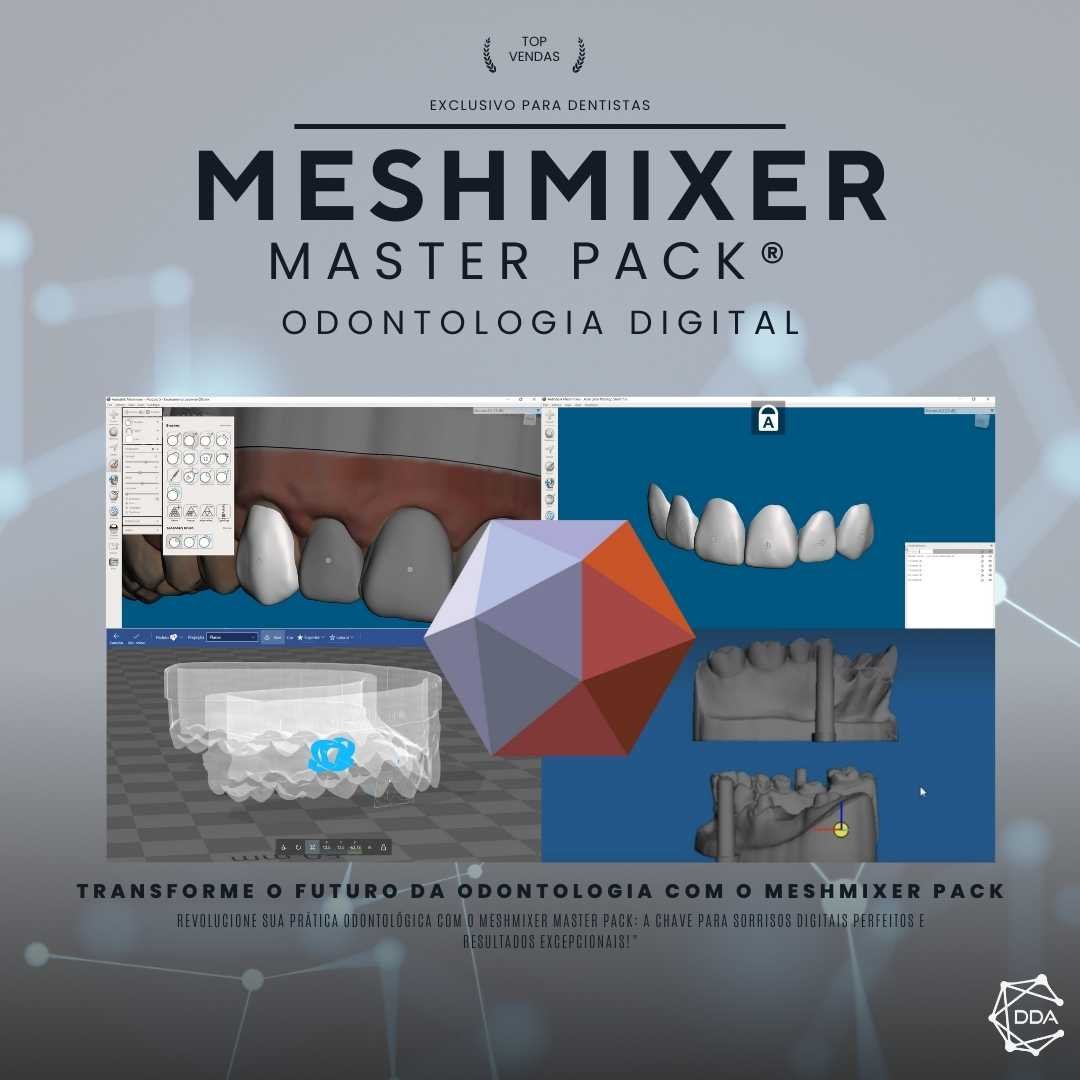
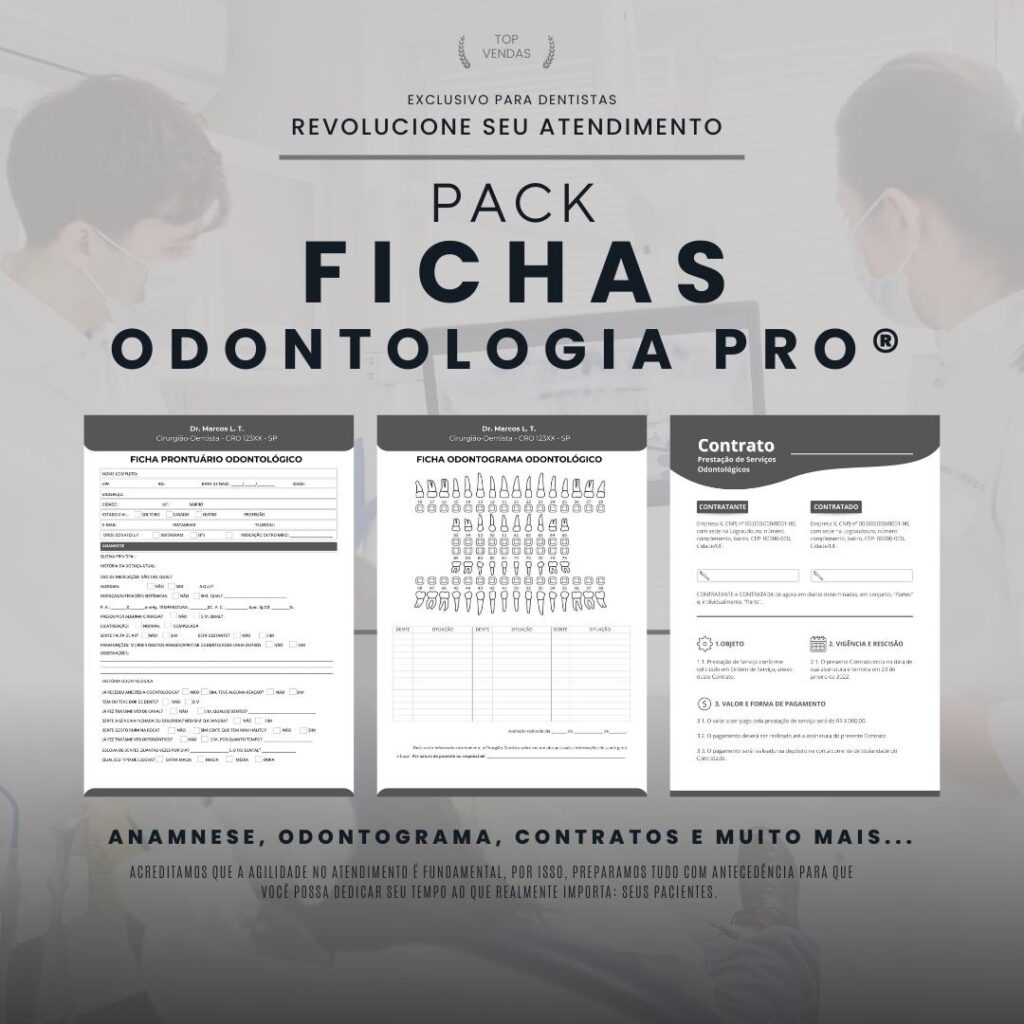

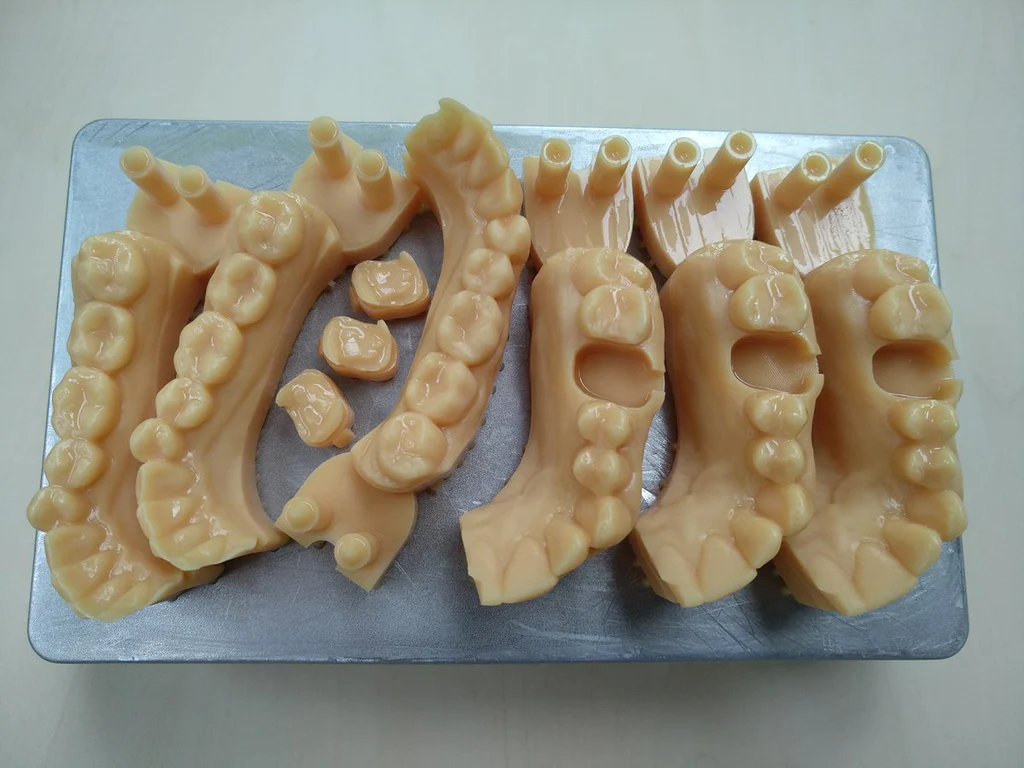
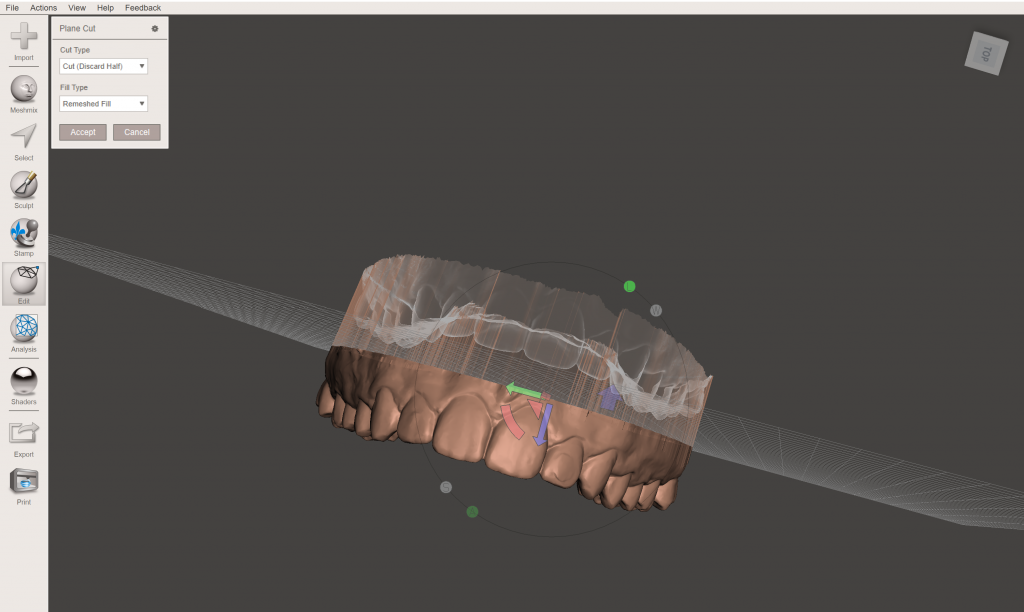
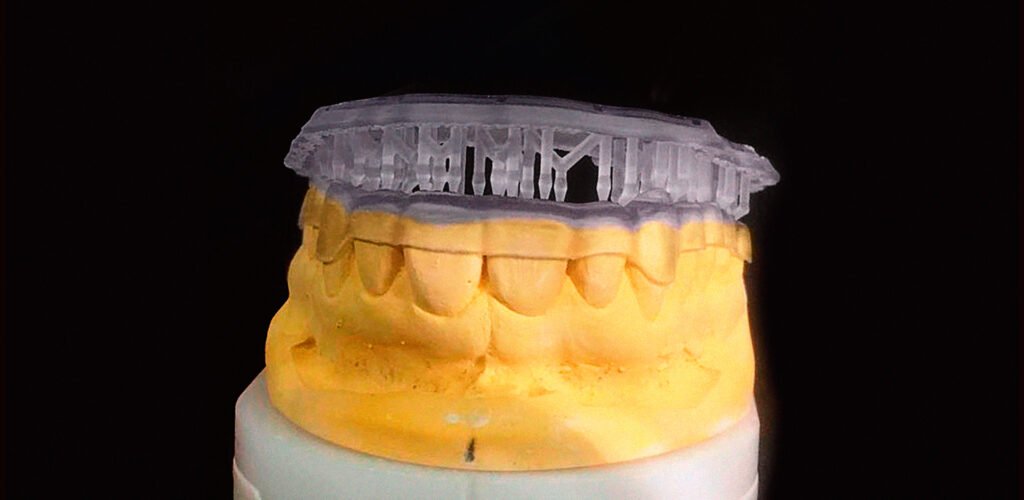
Pingback: Digital Dentistry Courses: How to Learn to Practice Dentistry with Cutting-edge Technology -